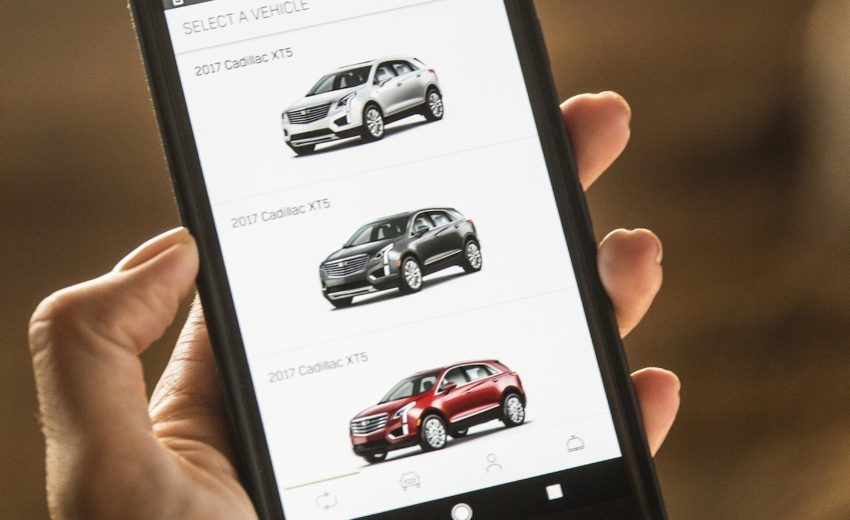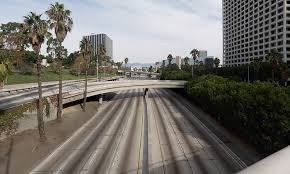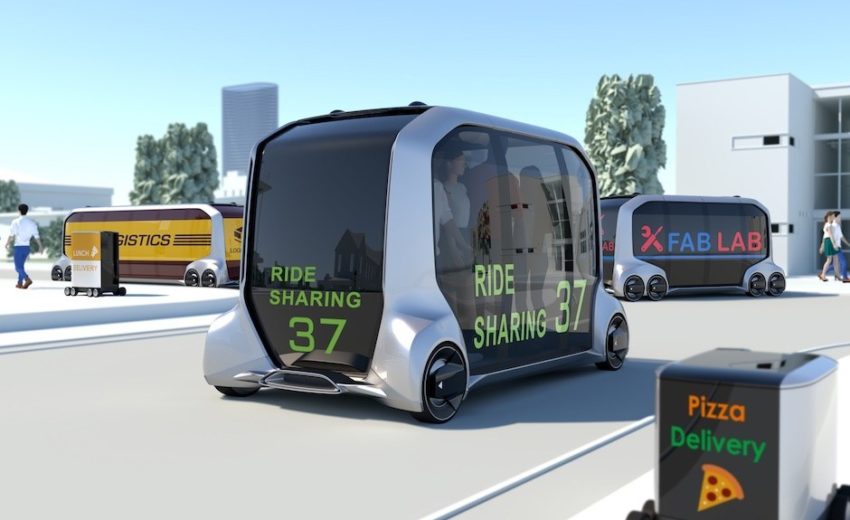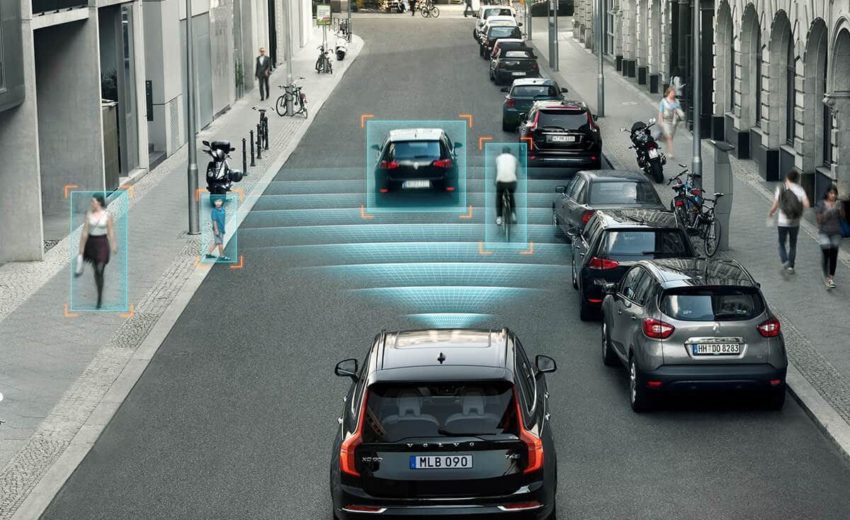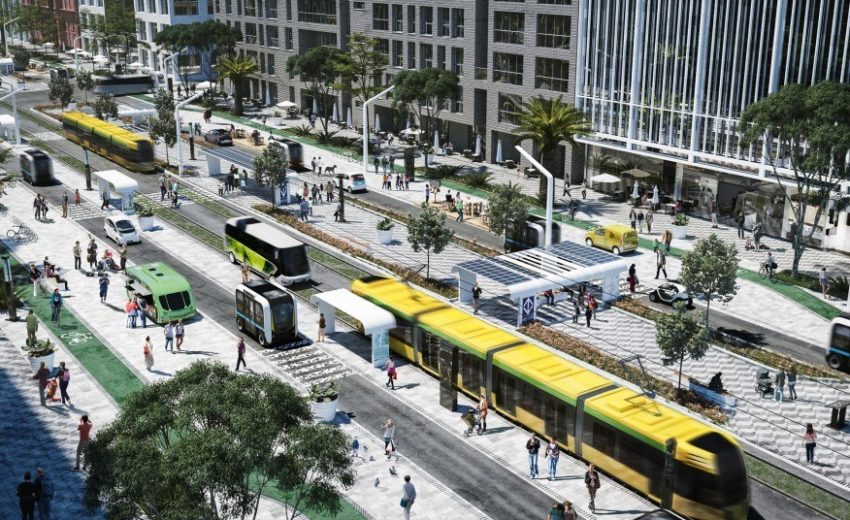The changes we have seen over the past 10 years in urban consumer transportation preferences with the ascend of on-demand mobility services should have convinced OEM executive teams that significant transformations of their business are necessary.
-
21 April 2020April 21, 2020
- Author Evangelos Simoudis
- Comments 0
- Views 4120
In my forthcoming book Transportation Transformation I define next-generation mobility as the intelligent movement of people and goods using automated (or autonomous), connected and electrified vehicles. Next-generation mobility is still in its infancy, but I predict it will unfold in three phases.
-
26 March 2020March 26, 2020
- Author Evangelos Simoudis
- Comments 0
- Views 2727
As a result of the movement restrictions imposed because of the pandemic, my 30-mile average daily travel around the Bay Area and the monthly airline trips have all become a 30-step walk to my home-office for video calls. While we’re all eagerly anticipating the lifesaving health outcomes from the measures taken towards the pandemic, the retail, travel, and hospitality industries are reeling.
-
24 September 2019September 24, 2019
- Author Evangelos Simoudis
- Comments 0
- Views 3114
n this second article we focus on on-demand mobility services, they issues they face, and the opportunities they have. The piece is pertinent to the conversation about California's AB5 and the conversation it is raising. It also provides a good preview of topics I am discussing in my upcoming book.
-
24 July 2019July 24, 2019
- Author Evangelos Simoudis
- Comments 0
- Views 4871
The automotive industry has survived many swings of feast and famine using a business model that is largely unchanged in a century. The industry has made a remarkable recovery in the decade since the Great Recession, with record sales and profits over the past five years. Yet despite this success, there is broad recognition something fundamental has changed and that focusing exclusively on the current business model is unwise.
-
14 February 2019February 14, 2019
- Author Evangelos Simoudis
- Comments 0
- Views 5523
This post presents an analysis of the autonomous vehicles innovation lifecycle. It introduces four dimensions for assessing AV innovation performance over time. Finally, it presents six requirements that will need to be addressed before the use of autonomous vehicles can scale for consumer transportation and logistics.
-
08 January 2019January 8, 2019
- Author Evangelos Simoudis
- Comments 0
- Views 5162
On-demand mobility services continue to evolve fast. New solutions are introduced constantly to address changes in consumer urban transportation tastes, or address shortcomings of existing offerings. Consumers demand for personalized transportation solutions that are affordable, convenient, and safe has led to the rapid growth of ride-hailing. But in cities where […]

